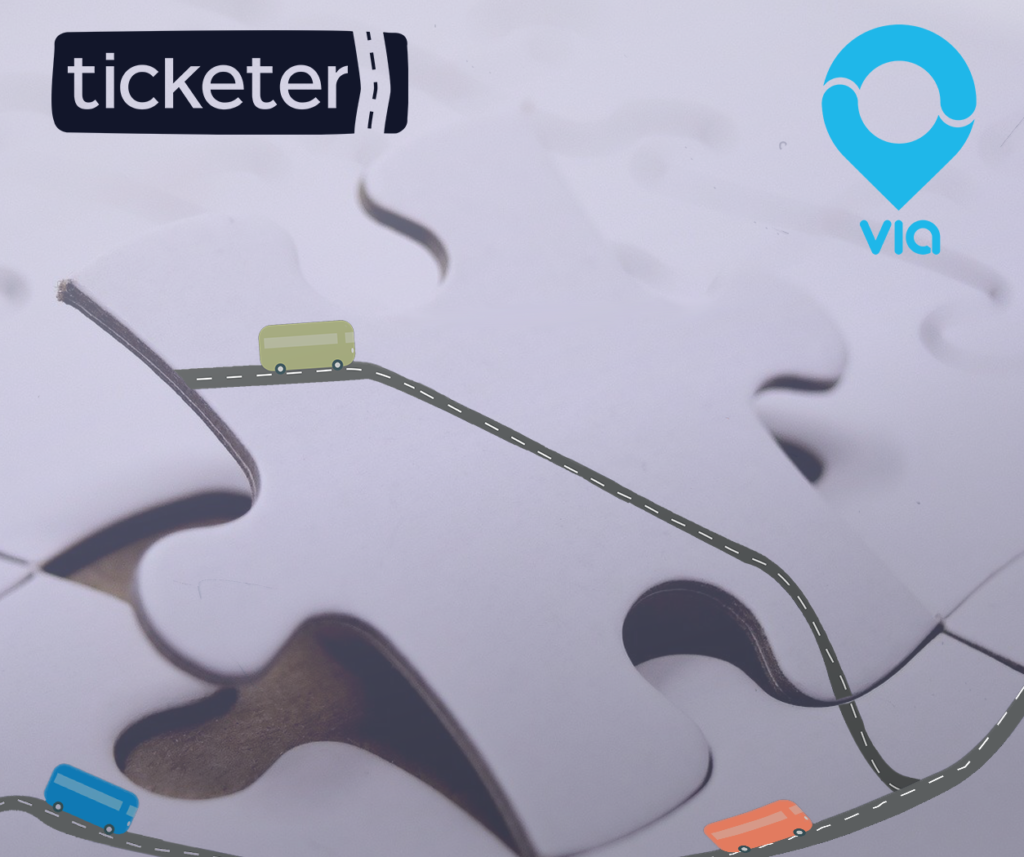 John Clarfelt, Ticketer Founder, was recently invited by CPT to share his thoughts on Ticketer’s partnership with Via, and the potential for Demand Responsive Transport to create more connected public transport networks. You can read the full article below.
John Clarfelt, Ticketer Founder, was recently invited by CPT to share his thoughts on Ticketer’s partnership with Via, and the potential for Demand Responsive Transport to create more connected public transport networks. You can read the full article below.
Demand Responsive Transport: Connecting Communities is Critical
Amidst all the uncertainty that Covid has visited on the Public Transport Sector, there is one inviolable truth – our industry must innovate if it is to remain relevant. This is an opportunity to break the mould.
We have always been intrigued by the concept of Demand Responsive Transport (DRT), the ability to run services that do not operate to a specific timetable or route, but to flexible passenger demand. That fills the void, where demand simply does not warrant a regular bus service.
But that is the nub of the issue – commercials. A standalone DRT service, even hybrid, based on fewer virtual stops, struggles to operate without significant subsidy when run in isolation.
 Via is the global leader in DRT, and its ongoing innovation allows us to work together, to leverage our existing bus coverage to integrate DRT and bus services in a way that has not previously been possible. With significant commercial benefits, both to bus operators and to Authorities that run DRT services.
Via is the global leader in DRT, and its ongoing innovation allows us to work together, to leverage our existing bus coverage to integrate DRT and bus services in a way that has not previously been possible. With significant commercial benefits, both to bus operators and to Authorities that run DRT services.
Our partnership is to enable that “connect”. It starts with the ability to issue “through tickets”, valid, and readable, both on DRT and fixed line services. It will progress to run both DRT and fixed line services on the single Ticketer ETM, removing the need for additional hardware, and opening up the ability to run DRT services, with every payment option, to every vehicle on the fleet, not simply those with separate DRT hardware. And finally, it allows for fixed line and DRT to operate as a single, integrated, entity, for instance holding a service for a minimal period to link with an arriving DRT vehicle, rather than leaving those DRT passengers to wait a half hour for the following bus.
With this partnership, we can help drive more passengers onto fixed lines. We can integrate the flexibility of DRT with the cost effectiveness and environmental sustainability of fixed line services; we can open up the opportunity of running DRT services to all our operators, minimising the cost of entry, and without additional hardware; we can improve the passenger experience through multiple payment options and integrated tickets; and consequently we can drive more passengers onto public transport generally, reducing both fares and the quantum of subsidy, and successfully deliver the first stages of MaaS with the confluence of two well proven technologies.
To read the article published June 30th on the CPT website, please click here.

